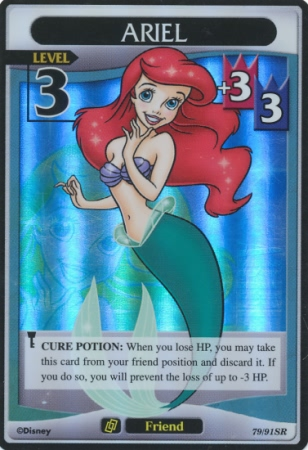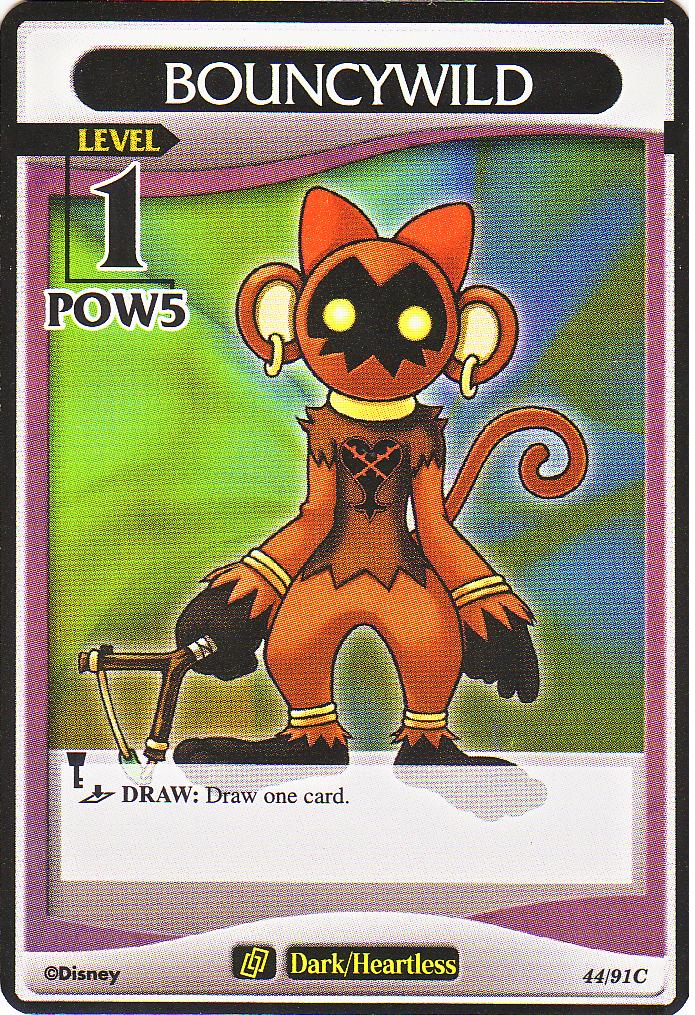
Sora and company are led to the mysterious Castle Oblivion, where they get a premonition that they will find their missing friends. The game finally released in Japan on November 11, 2004. A playable demo was available in that year's Jump Festa, displaying all the gameplay changes but keeping the story a secret. A website was created for the game, which was a fairly new marketing venture in 2003. This game was first unveiled to the public alongside Kingdom Hearts II on September, 2003 during the Tokyo Game Show. Most of the voices that do appear are simple grunts and other noises, along with lines ripped straight from the first game. These cutscenes do not have any voice acting, and the entire game has a limited amount of voice acting due to the difficulty of the GBA storing high quality voice recordings. Pre-rendered video cutscenes made possible by compression technology created by AM3 were also created to add a sense of familiarity and push the limits of the hardware. The combat in these arenas was heavily reworked into the card combat system seen in the final release. After experimenting with various gameplay models, the team settled on a primarily sprite-based artstyle with isometric overworlds and platforming segments and battles taking place in 2.5D arenas.

He also wanted to revisit the simpler, lighter toned story in the original project pitch and do it in this side project. His mind was changed after fans of the original game, children especially, wanted to play the game portably.
#Kingdom hearts cards wiki portable#
While the portable console was capable of limited 3D gameplay, it was simply not powerful enough to squeeze the traditional Kingdom Hearts formula into a cartridge. Nomura was initially hesitant to release the game on Game Boy Advance. The subtitle was eventually changed to Chain of Memories, which Nomura thought better fit the themes of the game. This side project, originally titled Kingdom Hearts: Lost Memories, was outsourced to independant game developer Jupiter with Nomura overseeing the project as a producer. Tetsuya Nomura came up with the concept of Sora somehow losing his memories between the games, and an interquel was drafted to bridge that gap.

The development team wanted Sora to start the game without most of the abilities obtained in the first game. It received a 3D remake called Kingdom Hearts Re:Chain of Memories, available for PlayStation 2, PlayStation 3, and PlayStation 4.Īfter the huge success of the original Kingdom Hearts, a sequel was immediately put into production, which eventually released as Kingdom Hearts II. The original 2D version of the game is exclusive to the Game Boy Advance. Aspects of the storyline are essential to understanding Kingdom Hearts II and also later entries in the series. The game focuses on Sora, Donald and Goofy making their way through Castle Oblivion, reliving their memories of Kingdom Hearts, but with a card-based battle system. It was published by Square Enix and developed by Jupiter, and was released in 2004.Ĭhronologically, it is takes place after Kingdom Hearts and during Kingdom Hearts 358/2 Days. Kingdom Hearts Chain of Memories is the second game in the Kingdom Hearts series.


 0 kommentar(er)
0 kommentar(er)
